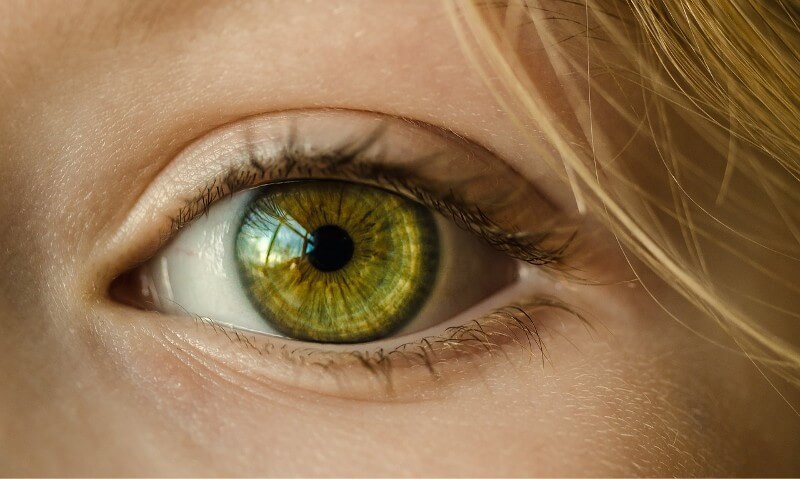Summary: A comprehensive analysis of animated films from major studios reveals concerning patterns in how characters with strabismus (misaligned eyes) are portrayed. Research published in Pediatrics shows these characters are disproportionately depicted as villains, unintelligent, or clumsy, potentially reinforcing real-world stigma against children with the condition.
Journal: Pediatrics, November 11, 2024, DOI: 10.1542/peds.2024-067355 | Reading time: 4 minutes
The Hidden Messages in Children’s Animation
In the colorful world of animated films, every character detail is intentionally chosen. When researchers at the University of Colorado School of Medicine examined how characters with strabismus were portrayed across 125 animated films, they uncovered a troubling pattern of negative stereotypes.
“When animators are figuring out what a character is going to look like, they have to decide on every little detail of that character’s appearance, and so it’s not by chance that an animated character happens to have strabismus,” explains Dr. Michael Puente, who led the study. “That’s something that the animation team made a deliberate decision to do.”
A Revealing Analysis
The research team identified 46 characters with strabismus across films from Walt Disney Animation Studios, Pixar, DreamWorks, and Studio Ghibli. The findings were stark: these characters were 14 times more likely to be portrayed as unintelligent than intelligent, and six times more likely to be followers than leaders.
More concerning still, in all 125 films studied, researchers found only one character with strabismus depicted as intelligent – Forrest Woodbush from Pixar’s The Good Dinosaur. The vast majority were portrayed as comic relief or villains.
Real-World Impact
These portrayals aren’t just entertainment – they can have serious consequences for children with strabismus. “Kids with strabismus, unfortunately get bullied a lot for that difference in appearance,” Puente notes. “There have been studies that find that they’re less likely to get invited to birthday parties. Kids in school are less willing to sit next to a kid with strabismus.”
The condition, which can appear as crossed eyes or one eye drifting outward, has no connection to intelligence or personality. It’s typically caused by neurological factors affecting eye muscle control and can often be corrected through surgery.
Looking Toward Change
“There are lots of people with strabismus, and it would be great to have some characters with strabismus that could be role models and are portrayed positively,” Puente suggests. “That just doesn’t exist in any of these movies in our study, but I think that would be a really impactful change.”
Glossary:
- Strabismus: A condition where the eyes are misaligned, appearing crossed or with one eye drifting
- Protagonist: The main character of a story
- Neurological: Related to the nervous system, including the brain
- Stigma: Negative attitudes and beliefs toward a particular characteristic
Quiz:
- How many characters with strabismus were identified in the study?
Answer: 46 characters - How many films were analyzed in total?
Answer: 125 films - How much more likely were characters with strabismus to be portrayed as unintelligent versus intelligent?
Answer: 14 times more likely - How many characters with strabismus were portrayed as intelligent in all the films studied?
Answer: Only one (Forrest Woodbush from The Good Dinosaur)
Enjoy this story? Get our newsletter! https://scienceblog.substack.com/
If our reporting has informed or inspired you, please consider making a donation. Every contribution, no matter the size, empowers us to continue delivering accurate, engaging, and trustworthy science and medical news. Independent journalism requires time, effort, and resources—your support ensures we can keep uncovering the stories that matter most to you.
Join us in making knowledge accessible and impactful. Thank you for standing with us!

